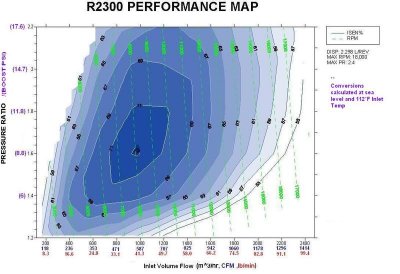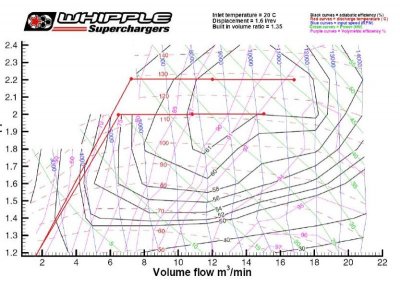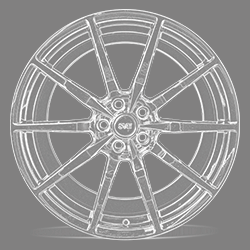Well guys like to focus on hp, tq is what we feel and love so with that in mind I like the tvs. The tq on the whipple really sucks and with proper fuel system both blower will make stupid power.
IMO torque is where it's at.
Side note... I'm putting DOB kit on my truck and I was first thinking of the 2.9 but will go with 2.3 tvs from gt500 most likely. If I don't get the 2.3 I'll but the 2.0 from earlier gt500 before I buy the whipple.
Both the 2.0 and 2.3 will last longer then the whipple before needed a rebuild as well.
IMO torque is where it's at.
Side note... I'm putting DOB kit on my truck and I was first thinking of the 2.9 but will go with 2.3 tvs from gt500 most likely. If I don't get the 2.3 I'll but the 2.0 from earlier gt500 before I buy the whipple.
Both the 2.0 and 2.3 will last longer then the whipple before needed a rebuild as well.





